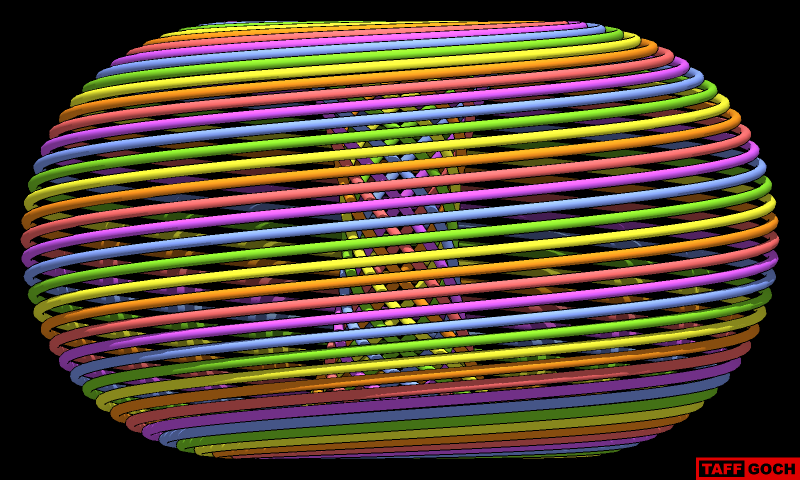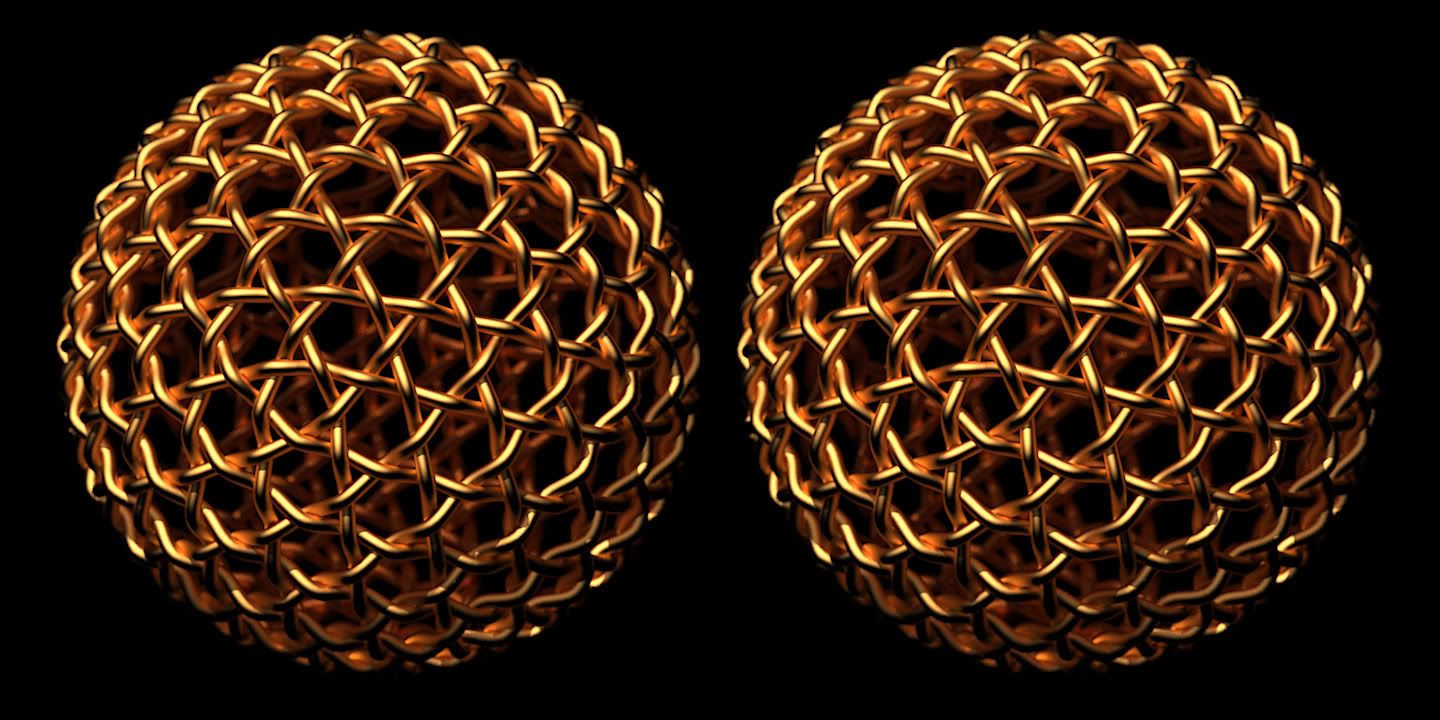@escapeartist said:
"The inter ocular distance for most folks is around 2 - 4", and that model on my screen is just under 8" on centers for a 22" LCD. That means your eyes at a normal monitor's viewing distance of 1-3' would have to diverge to get the 3D effect."
Quiet right, but there are two different versions of this kind of stereo imagery: "parallel" and "cross" viewing.
For parallel-viewing, the images MUST be small enough to be spaced at no more than the interocular distance. Parallel is viewed by "staring" off into the distance, to "set" your lines-of-sight to parallel, then shifting your gaze to the images, without changing the sight-line angle. (Kinda tricky. Many people never get the hang of it. It was easier for me, when I was younger. My eyes are now "old" enough that they can't focus as readily as they used to.)
For cross-viewing, you're looking at the left image with your right eye, and the right image with your left eye. The images, therefore, have no interocular restraint. They can be bigger (sometimes much bigger,) providing the advantage for the viewer "backing away" from the image, to change perceived size (if they can't cross their eyes that much.)
Note that with parallel-view stereo, the left eye is viewing the left image and the right eye is viewing the right image, just the opposite of cross-eyed stereo. For cross-eyed stereo, you MUST swap the images (which I did for my examples.)
Please note that I provided the larger version for high-resolution displays only. On my LCD monitor, the pixels are pretty small, reducing the size of images and text. (The large-stereo image-centers are about 5" apart.) I can view my larger stereo-pair, with my eyes about 2-3 feet from the monitor. If you use Firefox, you can change the size of images/text on internet pages, so you can shrink the stereo image, should need be.
@unknownuser said:
"I do, however, own a very primitive pair of red/cyan-3d-glasses.
So I tried making this picture into a picture that can work with those glasses... proves quite difficult, but I think it works..."
I've played with red/cyan (anaglyph) stereo, as well, but never got good, sharp results. I haven't used it since (decades.)
I even tried "wiggle" stereo on this model, but was disappointed with the results. For more info, the Wikipedia article, on "Stereoscopy," is fairly comprehensive.
Eventually, 3D TV technology will migrate to computer displays, and the internet will be filled with 3D images that require dedicated "goggles" to view, just like "Avatar" theater goggles.
-Taff















